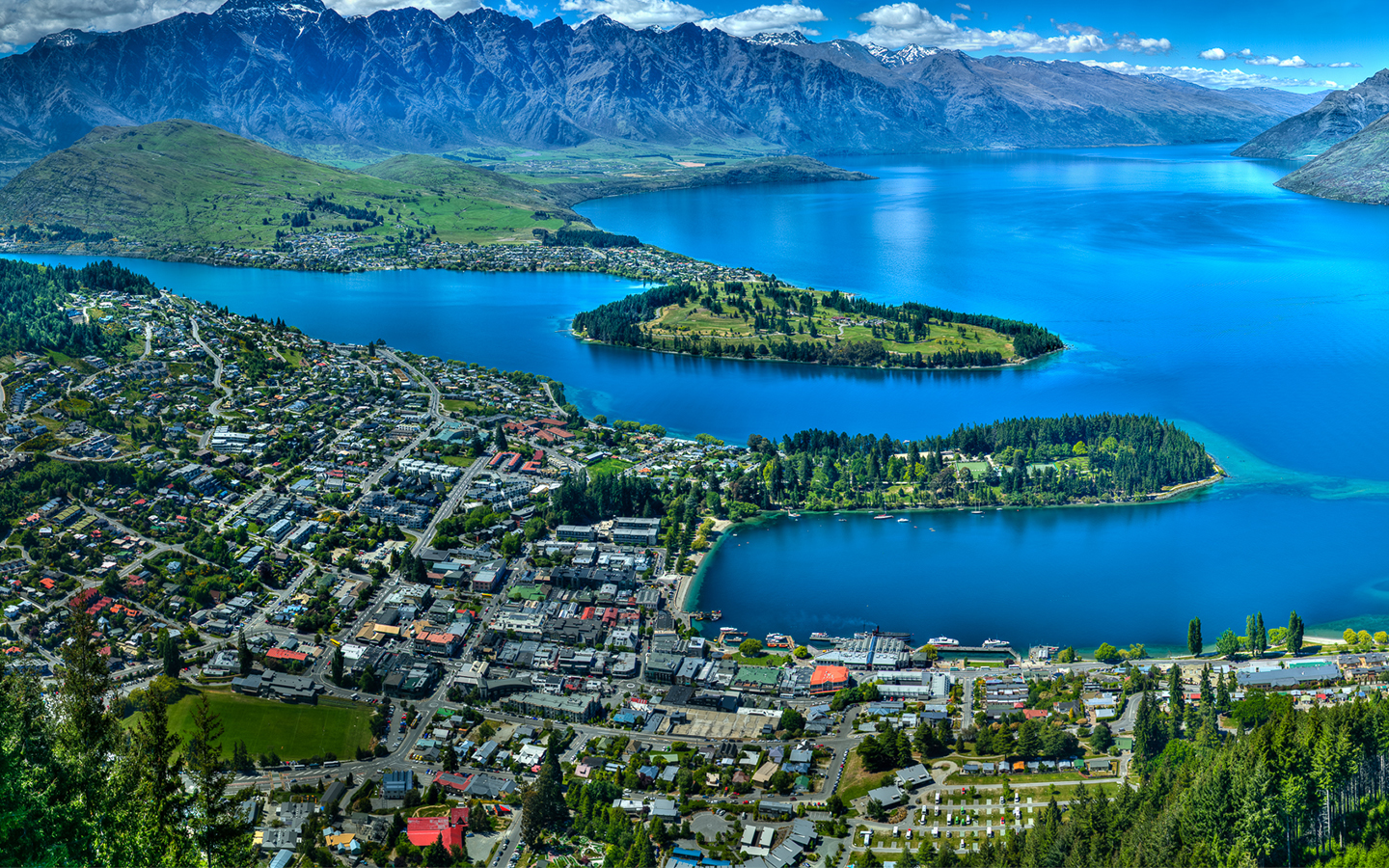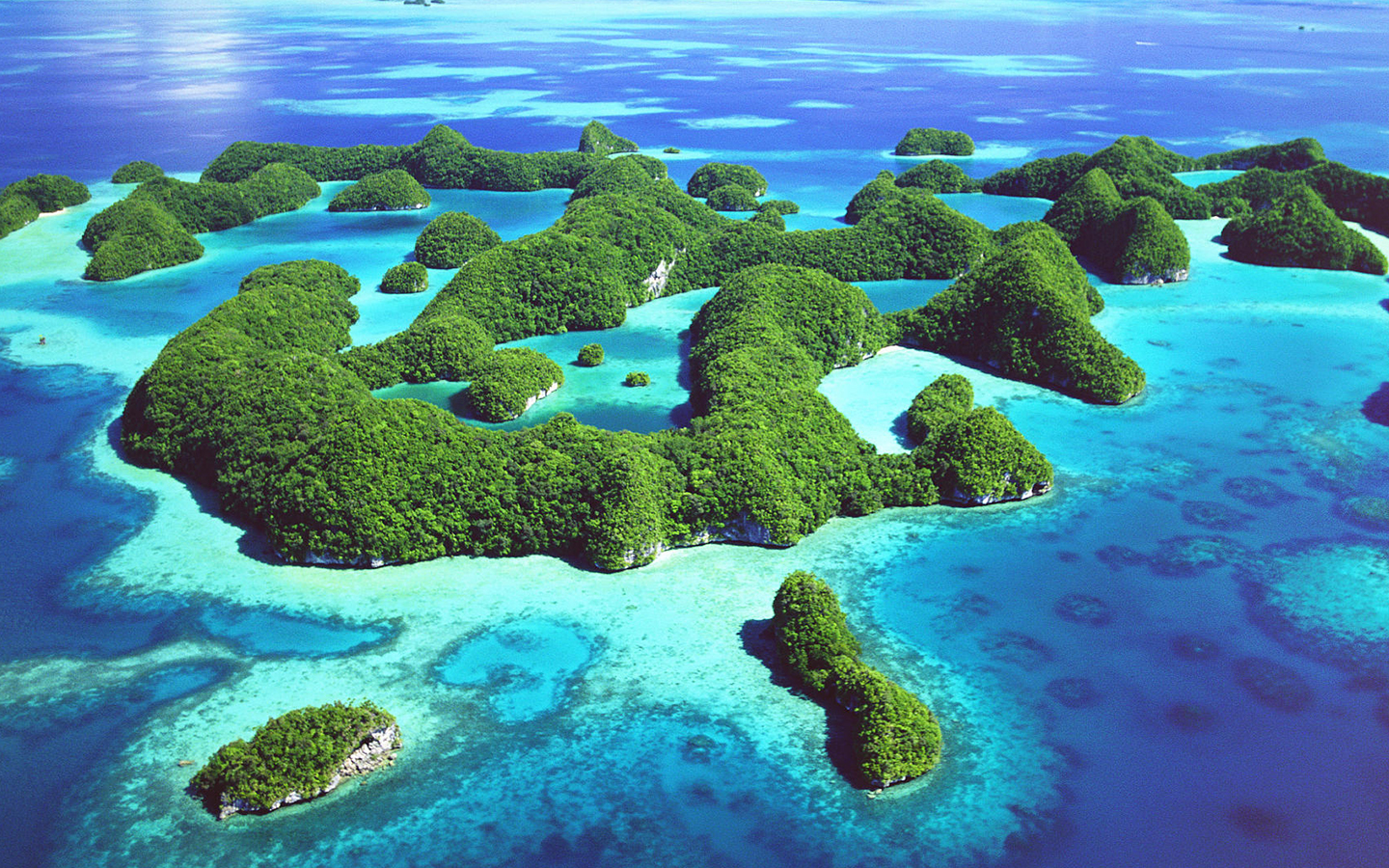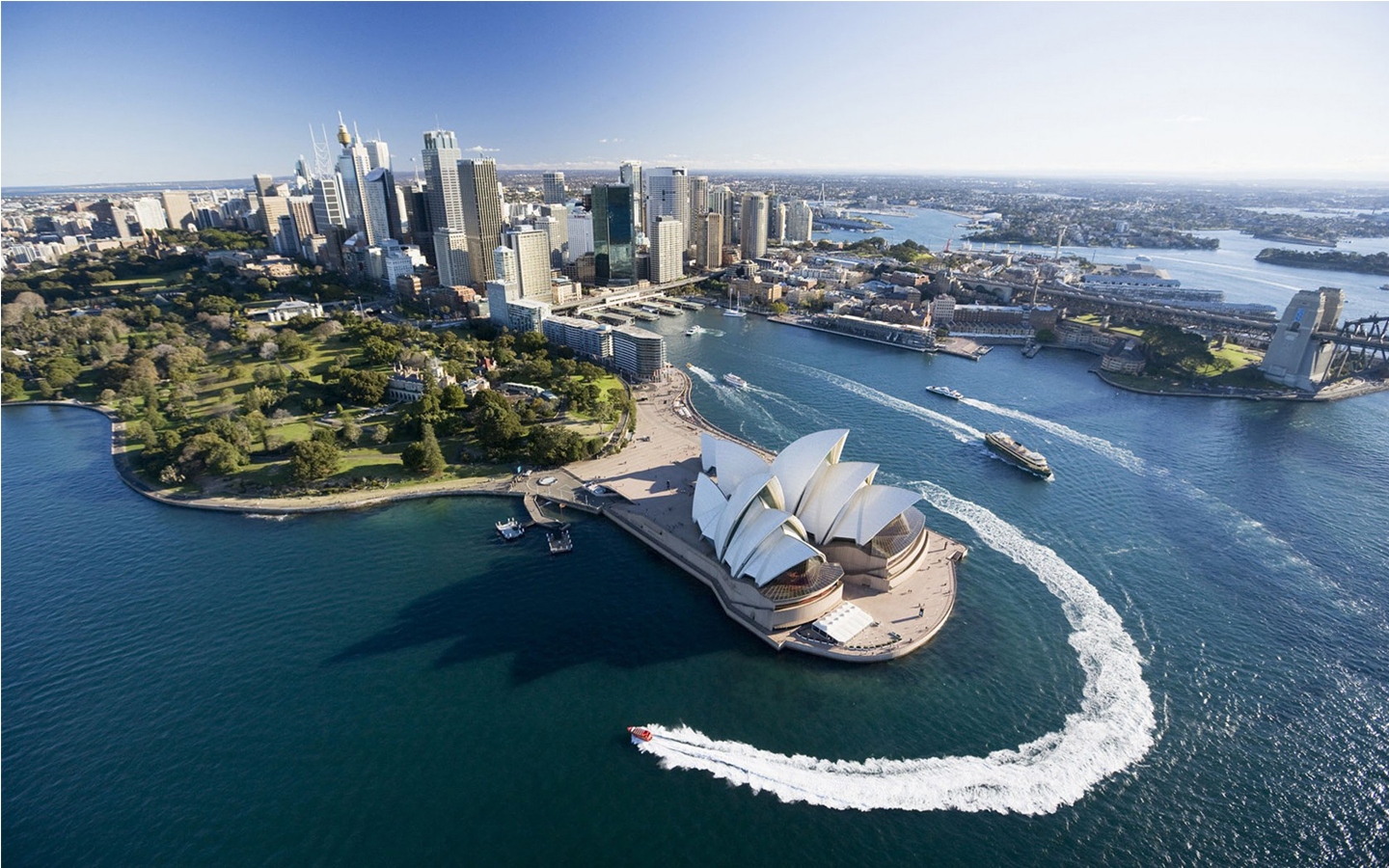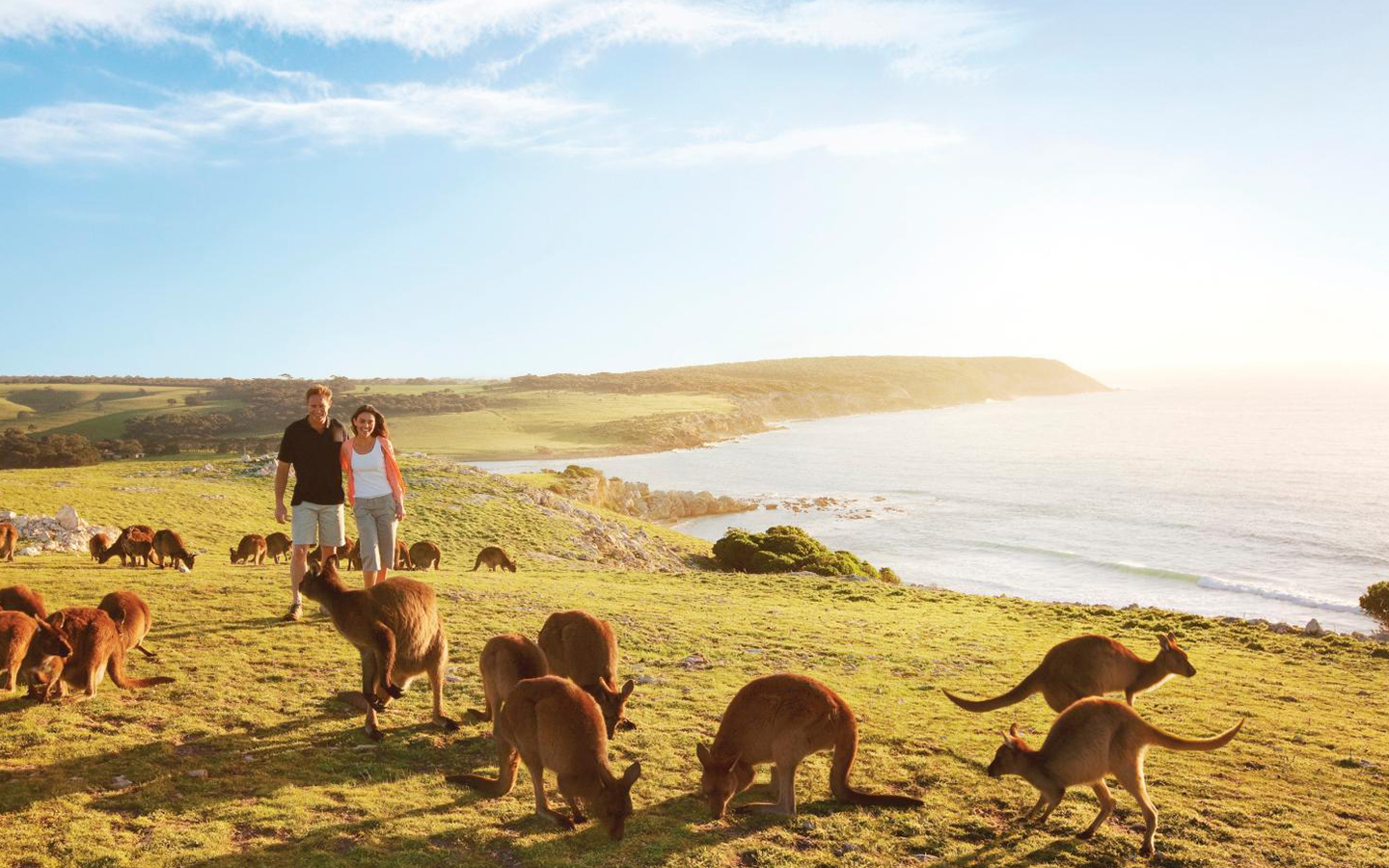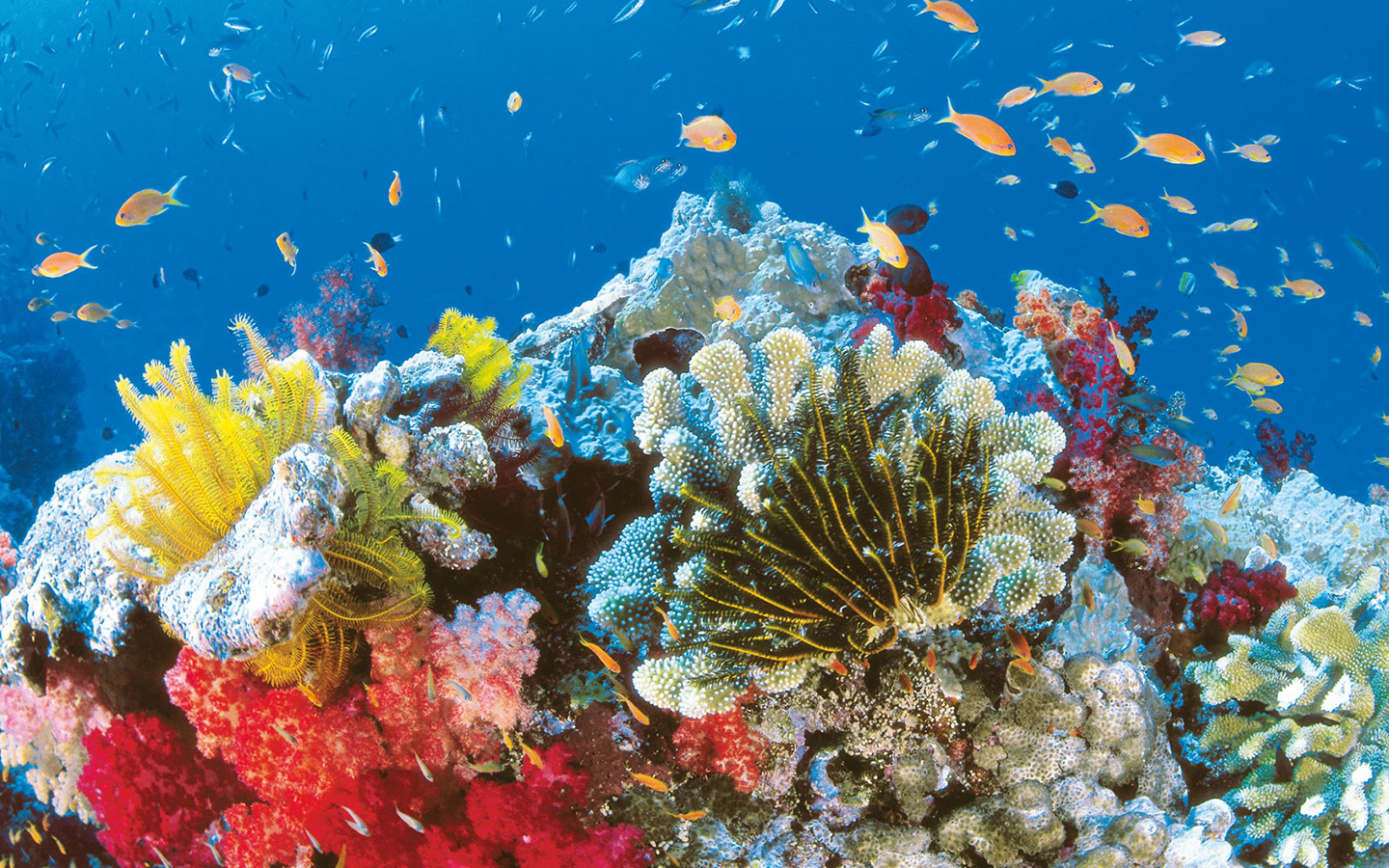A Traveler's Must-SeeOceania is a vast, arbitrarily defined expanse of the world where the Pacific Ocean ( rather than land borders ) connects the nations. It is home to glistening white beaches, coconut palms swaying in the breeze, beautiful coral reefs, and rugged volcanic islands rising out of the blue ocean. Its diverse nations have both some of the world's most cosmopolitan and internationalised cities such as Melbourne, and some of its most remote and culturally isolated villages. |
| Archaeology, linguistics, and existing genetic studies indicate that Oceania was settled by two major waves of migration. The first migration took place approximately 40 thousand years ago, and these migrants, Papuans, colonized much of Near Oceania. Approximately 3.5 thousand years ago, a second expansion of Austronesian speakers arrived in Near Oceania, and the descendants of these people spread to the far corners of the Pacific, colonizing Remote Oceania. Mitochondrial DNA (mtDNA) studies quantify the magnitude of the Austronesian expansion and demonstrate the homogenizing effect of this expansion. With regards to Papuan influence, autochthonous haplogroups support the hypothesis of a long history in Near Oceania, with some lineages suggesting a time depth of 60 thousand years. Santa Cruz, a population located in Remote Oceania, is an anomaly with extreme frequencies of autochthonous haplogroups of Near Oceanian origin. The predominant religion in Oceania is Christianity (73.3%). A 2011 survey found that 65.6% of Australia and New Zealand population, 92.1% in Melanesia, 93.1% in Micronesia and 96.1% in Polynesia described themselves as Christians. Traditional religions are often animist, and prevalent among traditional tribes is the belief in spirits (masalai in Tok Pisin) representing natural forces. In recent Australian and New Zealand censuses, large proportions of the population say they belong to "no religion" (which includes atheism, agnosticism, deism, secular humanism, and rationalism). In Tonga, everyday life is heavily influenced by Polynesian traditions and especially by the Christian faith. The Ahmadiyya mosque in Marshall Islands is the only mosque in Micronesia. Another one in Tuvalu belongs to the same sect. The Bahai House of Worship in Tiapapata, Samoa, is one of seven designations administered in the Bahai Faith. | 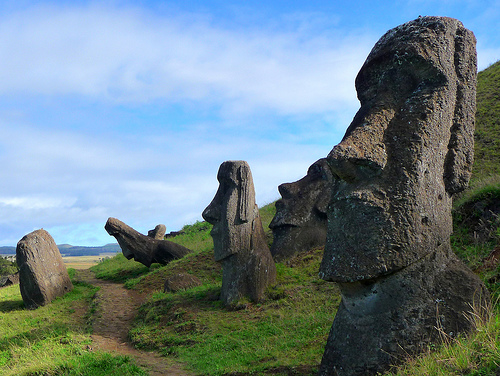 |
| Although staple foods from outside the region, such as rice and flour, now have a firm foothold, the traditional staples of roots and tubers remain very important. The cheapest is usually cassava, which can be left in the ground for a long time. Sweet potato is a very important crop and is found in most parts of Oceania with the major producing area being the Highlands of Papua New Guinea. Taro and yam are also widespread. The latter is the most valuable of the roots and tubers and there are many customs associated with its cultivation. In the Sepikarea of Papua New Guinea, for example, relations between married couples are traditionally forbidden while the yams are growing. On the other hand, in the Trobriand Islands the yam harvest traditionally is a period of active relations within couples, and of sexual freedom in general. Kava is a drink produced from the roots of a plant related to the pepper plant and found mainly in Polynesia as well as Fiji and Vanuatu. It has a mildly narcotic effect. Other names include 'awa (Hawai'i), 'ava (Samoa), yaqona (Fiji), and sakau (Pohnpei). Traditionally it is prepared by chewing, grinding or pounding the roots of the kava plant. In Tonga, chewing traditionally had to be done by female virgins. Pounding is done in a large stone with a small log. The product is then added to cold water and consumed as quickly as possible, invariably as part of a group of people sitting around and sharing the cup. Check before taking any out of the country, however, as importing or exporting kava can be illegal for travelers. | 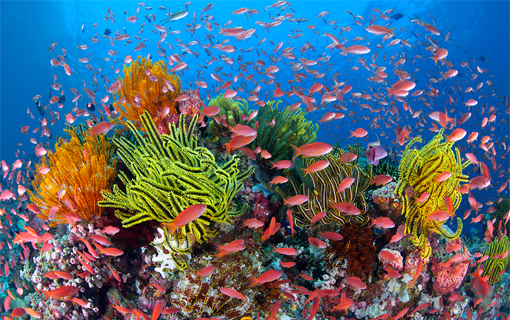 |
| Fiji, New Caledonia, the Cook Islands, Samoa and all other islands except those listed next are usually malaria free. Vanuatu has no reported cases of malaria currently although it has existed. Islanders are recuperating from flood losses (2014), and attendant human and infrastructure damage in theSolomon Islands, with some people who have contracted malaria. The malaria risk has lessened in Papua New Guinea this decade. All mentioned have a regimen of larval control practices. Check with the WHO for the latest statistics. | 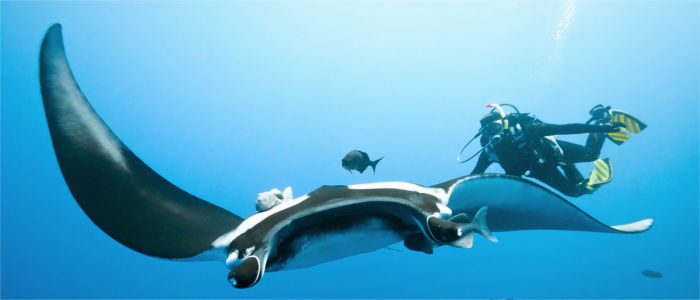 |
| The climate of Oceania's islands is tropical or subtropical, and range from humid to seasonally dry. | 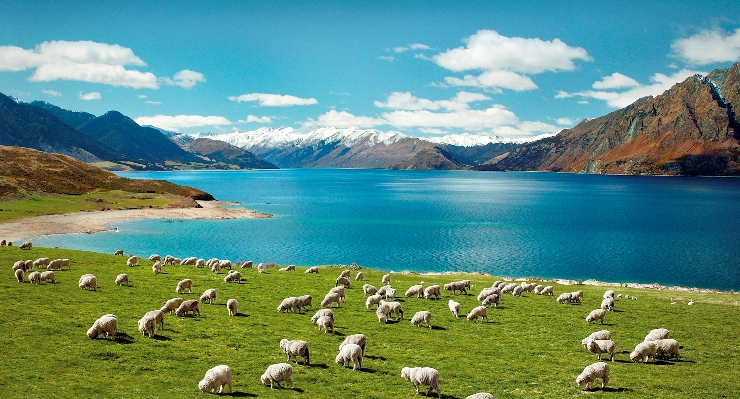 |
Australia:
Fiji:
New Zealand:
Papua new guinia:
Tonga:
Vanuatu:
| 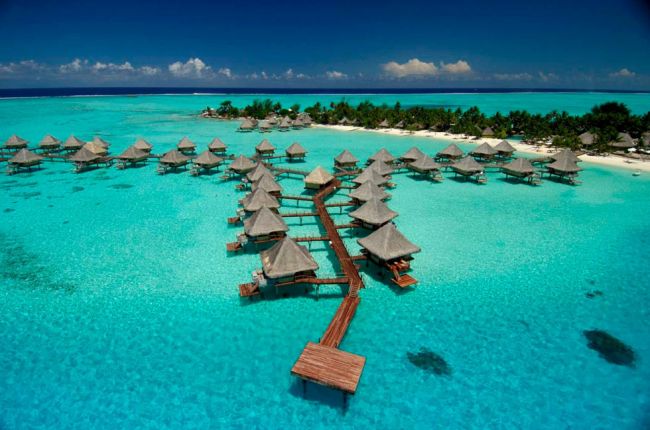 |
| 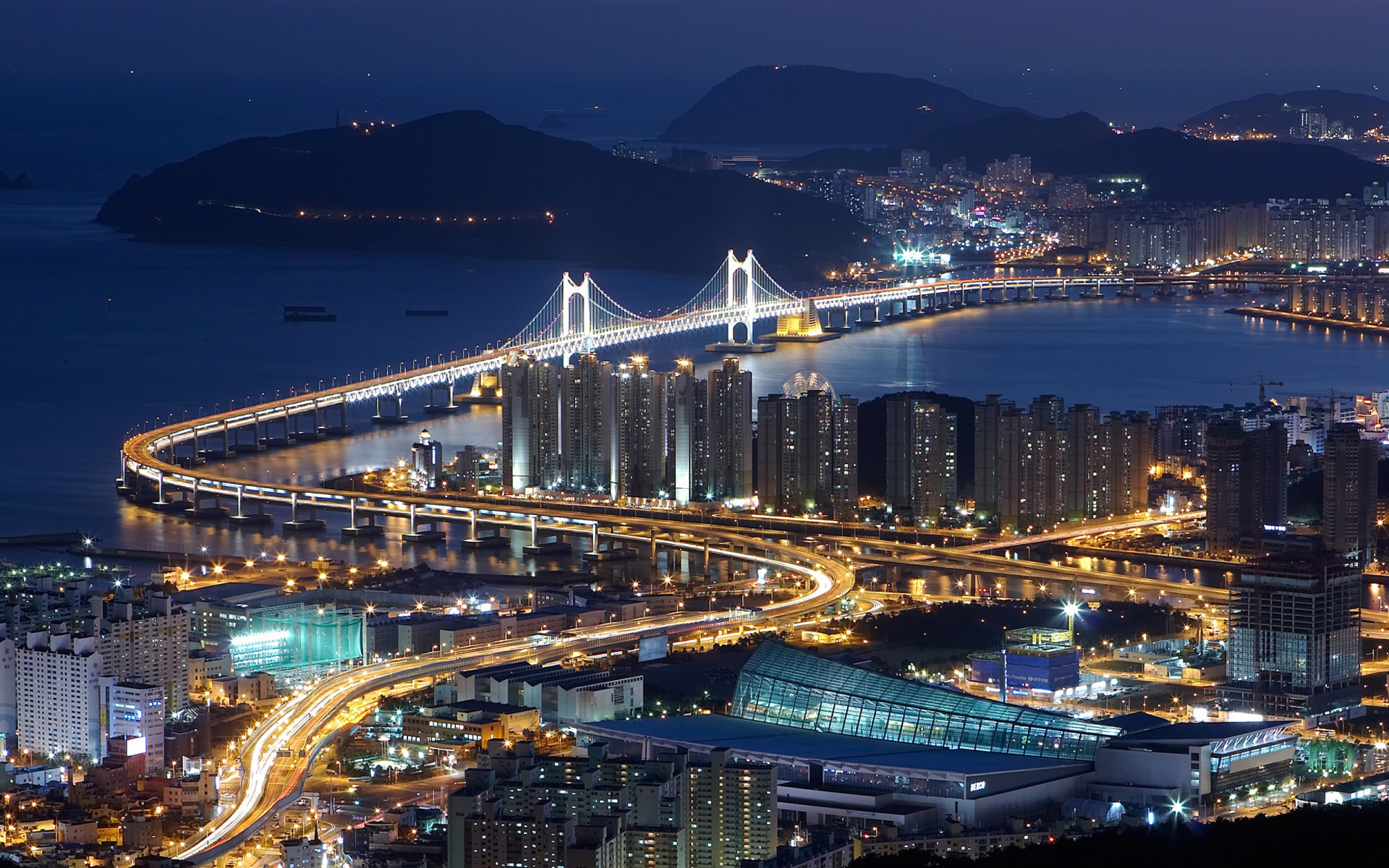 |
| Usual travel precautions re: any socializing or involvement with local people apply, always, and take special care in remote areas and on remote islands. Prepare thoroughly for trips into remote areas. Do your research, be prepared, understand that wilderness areas are true wilderness. |  |
